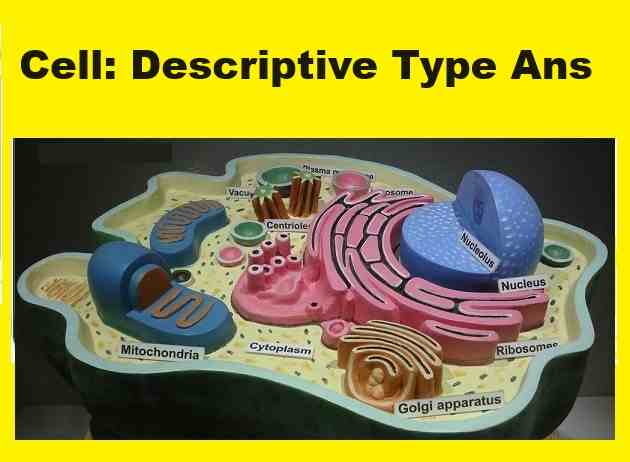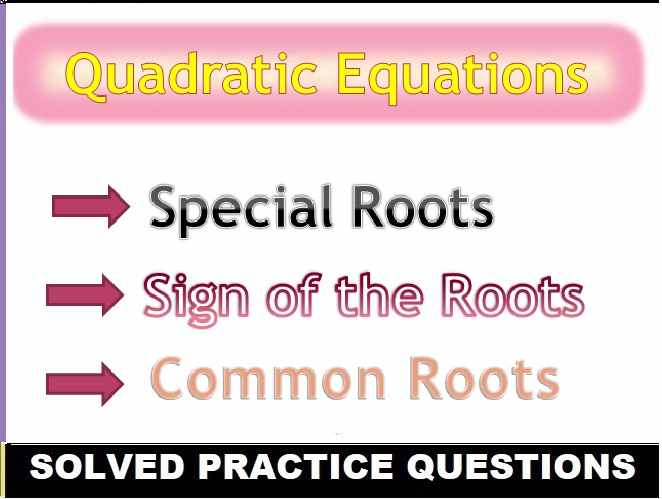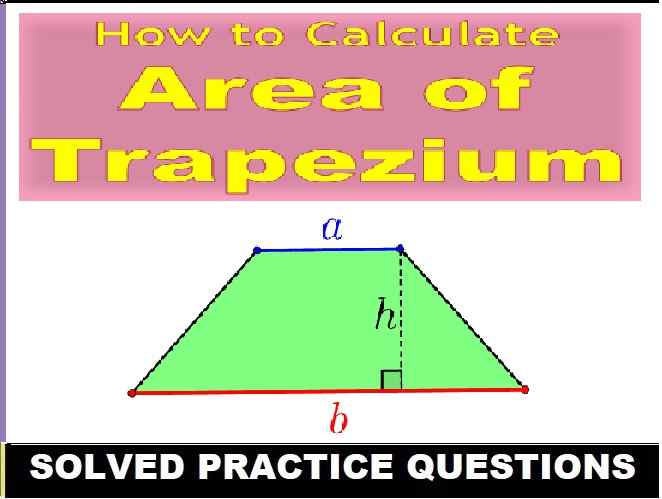Cell: Descriptive Type Answer of Concise Biology Selina Solutions for ICSE Class 10 Ch-1. In this article you will get the solutions of Descriptive Type Questions as council latest syllabus. Visit official website CISCE for detail information about ICSE Board Class-10 Biology.

Cell: Descriptive Type Answer of Concise Biology Selina Solutions for ICSE Class 10 Ch-1
| Board | ICSE |
| Subject | Biology |
| Class | 10 |
| Book | Selina Concise |
| Chapter-1 | Cell: The Structural and Functional Unit of Life |
| Topics | Solutions of Descriptive Type Questions |
| Session | 2024-25 |
Solutions of Descriptive Type Questions
Cell: Descriptive Type Answer of Concise Biology Selina Solutions for ICSE Class 10 Ch-1
Que-1: Define the following terms:
(a) Cell
(b) Organelles
(c) Cytoplasm
(d) Protoplasm
(e) Nucleus
Sol:
(a) Cell — Cell is the structural and functional unit of life capable of independent existence. All cells are basically alike in chemical composition and metabolic processes and arise from a pre-existing cell.
(b) Organelles — Organelles are specialized and membrane-bound, living structures in a cell concerned with definite functions.
(c) Cytoplasm — Cytoplasm is the part of the cell which is inside the cell membrane and outside the nucleus. It is a semi-liquid substance and contains several organelles, each concerned with a specific function.
(d) Protoplasm — The living parts of the cell which consist of cytoplasm, nucleus and other living bodies collectively constitute protoplasm or protoplast.
(e) Nucleus — Nucleus is a large spherical body lying nearly in the centre of the cytoplasm. It is surrounded by a double layered nuclear membrane with nuclear pores.
Que-2: Distinguish between the following pairs:
(a) Plant cell and animal cell
(b) Cell wall and cell membrane
(c) Centrosome and chromosome
(d) Chloroplast and chromoplast
Sol:
(a) Plant Cell and Animal Cell
| Features | Plant cell | Animal cell |
|---|---|---|
| Size | It is usually larger in size. | It is usually smaller in size. |
| Cell wall | It consists of a definite cell wall made up of cellulose. | It lacks a cell wall. |
| Vacuoles | It consists of large and prominent vacuoles. | It consists of small and temporary vacuoles. |
| Cytoplasm | It consists of less dense cytoplasm. | It consists of denser and more granular cytoplasm. |
(b) Cell Wall and Cell Membrane
| Cell Wall | Cell Membrane |
|---|---|
| It is the outermost covering in plant cells. | It is the outermost covering in animal cells. |
| It is non-living and rigid layer. | It is thin, flexible and living membrane. |
| It is freely permeable. | It is semi-permeable. |
| It is made up of cellulose. | It is made up of lipoproteins. |
(c) Centrosome and Chromosome
| Centrosome | Chromosome |
|---|---|
| It is a clear space of cytoplasm located close to the nucleus. | It is a highly coiled structure contained within the nucleus. |
| Usually one centrosome is present per cell. | Several chromosomes can be present per cell. |
| It consists of two rod-like structures made of protein tubulin. | It consists of DNA coiled around histone protein core. |
| It initiates and regulates cell division. | It transfers hereditary characters from parents to offspring. |
(d) Chloroplast and Chromoplast
| Chloroplast | Chromoplast |
|---|---|
| It is green in colour. | It is variously coloured. |
| It contains the pigment chlorophyll. | It contains pigments such as xanthophyll and carotene. |
| It traps solar energy for photosynthesis. | It imparts colour to flowers and fruits. |
Thanks
Please share with your friends if helpful
Return to : Concise Biology for ICSE Class 10 Selina Solutions


